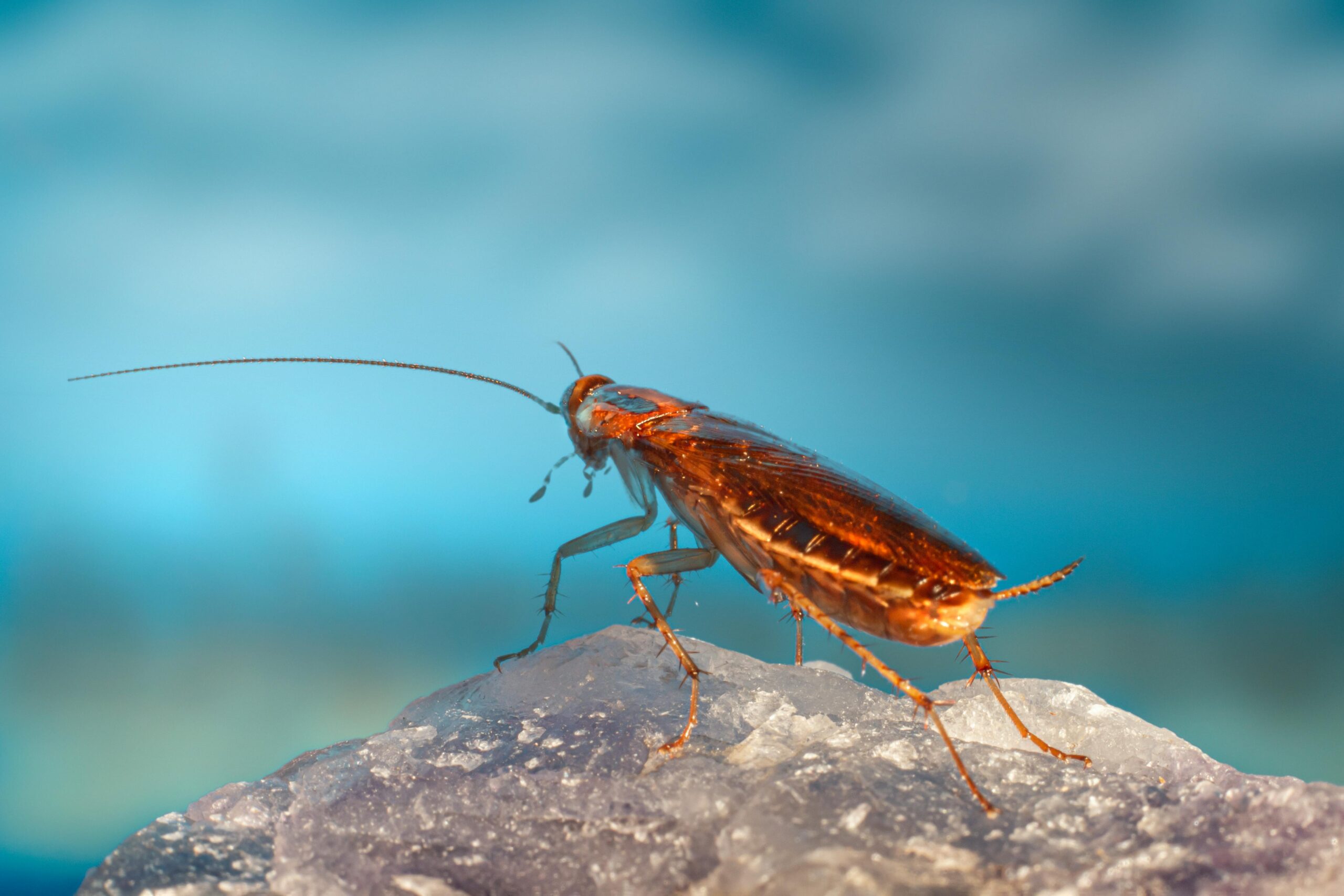All About Brown-banded Cockroaches
Brown-banded cockroaches are small but resilient pests known for their distinctive brown bands across their wings. Unlike other cockroaches, they prefer warmer, drier environments and can often be found in higher locations within homes. Managing these pests is crucial due to their potential to spread disease and trigger allergies, making effective control methods essential for maintaining a healthy living environment.
What are Brown-banded Cockroaches?
Brown-banded cockroaches (Supella longipalpa) are small, light brown cockroaches characterized by the brown bands running across their wings. Commonly found in homes and offices, they are also referred to by their scientific name, Supella longipalpa.
Brown-banded cockroaches are smaller than many other common cockroach species, typically reaching about 1/2 inch in length. Unlike German cockroaches, they do not need high levels of moisture to survive and are often found in warmer, drier areas of buildings. They are nocturnal creatures, hiding during the day and emerging at night to search for food.
How to Identify Brown-banded Cockroaches
Appearance:
Brown-banded cockroaches are small, measuring around 1/2 inch long, with light brown or tan bodies. The most distinctive feature is the pair of lighter brown bands across their wings, which are more pronounced in nymphs and females. Males tend to have more slender bodies with longer wings, while females are broader with shorter wings.
Similar Pests:
Brown-banded cockroaches can be confused with German cockroaches due to their similar size. However, German cockroaches lack the brown bands and typically have two dark parallel lines on their back.
Activity and Seasonality
Active Seasons: Brown-banded cockroaches are active year-round, especially in indoor environments where temperatures remain warm. They thrive in environments between 77°F and 86°F.
Lifecycle: The lifecycle of a brown-banded cockroach includes the egg, nymph, and adult stages. The entire lifecycle can take anywhere from 90 to 276 days, depending on environmental conditions. Females produce about 14 egg capsules in their lifetime, each containing 10-18 eggs, which hatch in about 50 to 75 days.
Where to Find American Cockroaches in or Around Your House
Common Habitats: Brown-banded cockroaches are typically found in warmer, drier areas of homes, such as behind appliances, in closets, or near the ceilings of rooms. They avoid the moisture-heavy environments favored by other cockroaches.
Specific Hiding Spots: These cockroaches prefer to hide in high, warm areas, such as inside cabinets, closets, or behind picture frames. They can also be found near electronics, in attics, or under furniture.
How to Get Rid of American Cockroaches
- Immediate Action: As soon as brown-banded cockroaches are spotted, immediate action should be taken to eliminate food sources, clean the affected areas, and seal potential entry points.
- Professional Treatments: Professional pest control services can offer comprehensive treatment plans, including baiting, insecticide application, and monitoring to ensure all cockroaches are eradicated.
- DIY Methods: Homeowners can use bait stations, glue traps, and insecticidal dust to control minor infestations. It is also important to maintain cleanliness, reduce clutter, and repair any cracks or crevices where cockroaches may hide.
How to Prevent American Cockroaches
- Seal Cracks: Close entry points around doors, windows, walls, and utility lines to prevent brown-banded cockroaches from entering your home.
- Fix Leaks: Though brown-banded cockroaches prefer drier environments, it is still important to repair plumbing leaks and reduce moisture in areas like kitchens and bathrooms to avoid creating attractive hiding spots.
- Eliminate Food and Water Sources: Keep your kitchen clean by storing food in sealed containers, cleaning up spills promptly, and minimizing clutter where food crumbs might accumulate.
- Garbage Management: Store garbage cans in dry, secure areas, keeping them tightly sealed and regularly emptied to avoid attracting cockroaches.
Long-term Strategies: Long-term prevention includes maintaining a clean, dry home environment, performing regular pest inspections, and using preventative insecticides in areas where cockroaches are likely to hide, such as near electronics, under furniture, and in warm, elevated spaces.
Conclusion
Brown-banded cockroaches can be a significant nuisance and health risk if left uncontrolled. With their ability to thrive in warm, dry environments, they require diligent prevention and control efforts.
If you’re dealing with a brown-banded cockroach infestation, contact Pest Control Consultants today for a free consultation and effective treatment plan. Our expert team is here to help you reclaim your home from these unwanted pests.
